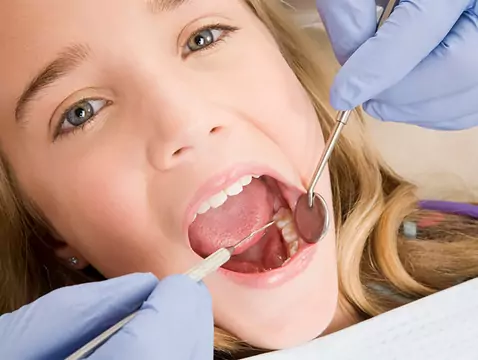Disorders of tooth development and eruption (32 contents)

Teething and constipation: what should every parent know?
Teething is often an unpleasant period for a young child when the first teeth begin to erupt. Sometimes it is a lengthy process and children may experience various discomforts such as pain,...
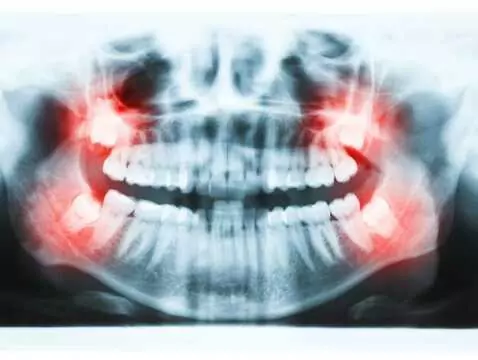
Robotics in the treatment of broken teeth
Modern technology is rapidly changing dental care. In the US, researchers are testing a system that can penetrate even the less accessible areas of the mouth.
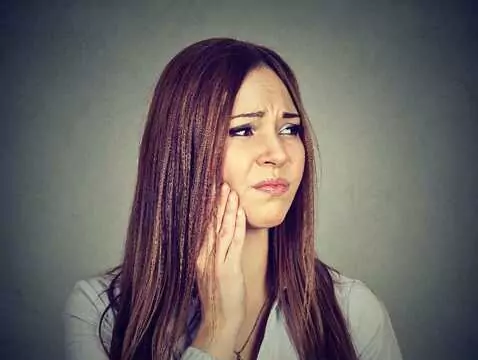
Diet after removal of wisdom teeth: what to eat and what to avoid?
Wisdom teeth generate a lot of problems, both before and after their extraction. It is not uncommon for people who have had their wisdom teeth extracted to complain of various discomforts and also to...

A relationship that is not obvious: teething and fever
The typical complaints that can accompany teething include fever. However, this relationship is not as obvious as it might seem - during teething the baby should have, if anything, a rather slightly...

How to proceed after a tooth extraction?
Just as the reasons for having a tooth extraction can really vary, the general recommendations on how to proceed after such a procedure are the same. Patients quite often wonder what they should and...
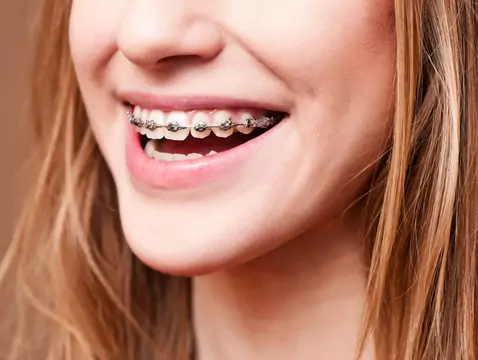
Non-extraction orthodontics - characteristics
In the current era of orthodontic treatment, extraction is no longer necessary in many cases. As studies show, the results of treatment with the non-extraction technique give better results,...
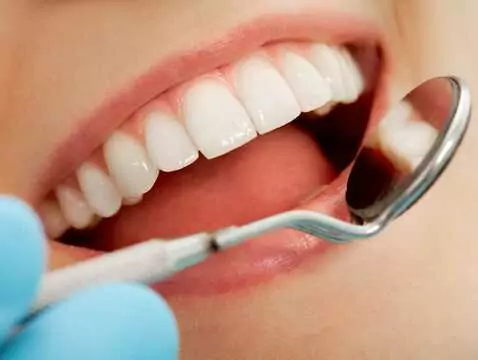
Lack of or numerous cavities in the teeth can lead to various diseases
Recent scientific reports carried out at various centres (including the University of Minnesota in Minneapolis and Nagoya) have shown that missing teeth, numerous cavities, gum disease or chronic...
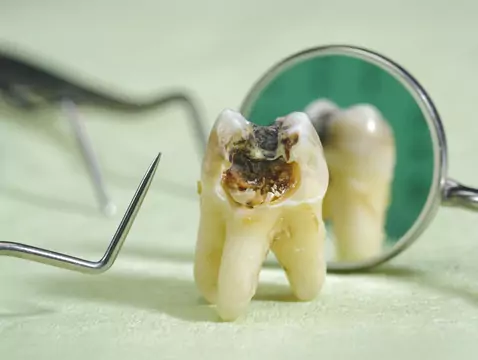
Dislocation and eruption of milk teeth - causes, symptoms, diagnosis, treatment
Many parents assume that children's milk teeth do not need to be looked after because they will fall out anyway. This is a very wrong approach because the child's first teeth also need to be cared...

Should milk teeth be looked after?
Milk teeth accompany us in our development only for a short fraction of our life, therefore, it often happens that they are treated neglected. Healthy milk teeth mean healthy permanent teeth,...

X-ray of teeth - aid to diagnosis
The dental X-ray is a method commonly used in dental diagnostics. For what purpose is it used and before which procedures is it necessary?

Teething in infants - causes, symptoms, diagnosis, treatment
Teething is the process of eruption of deciduous teeth in babies. The first teeth can appear as early as around 6 months of age, although this is individual to each baby. In most cases, teething is a...

Do teeth also occur in a newborn baby?
A neonate is defined as a child from birth to four weeks of age. In most cases, teeth are not found in newborn babies. They appear later in life. However, there are situations in which a newborn...
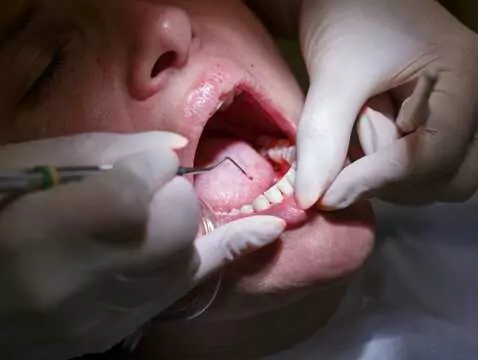
Irritation and damage in the oral cavity
The oral cavity is particularly prone to various types of irritation, damage and injuries. This applies to babies, children, adolescents and the elderly. Damage to the gum, cheek, lip, tongue etc. is...

Dental bridge and crown
The name crowns and bridges refers to the fixed appliances we are familiar with, used in dental prosthetics. These are permanent appliances which are fixed and removed by the dentist in the dental...
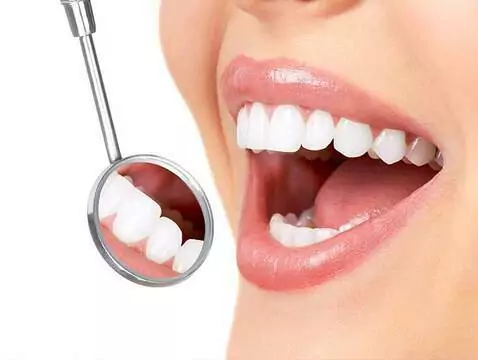
Tartar removal - what does it involve?
Removal of tartar is also known as scaling. This procedure can be performed on every person and consists in the removal of hard plaque which tends to accumulate above and below the gums. It is...

Dentures - what types are there?
Dentures, commonly known as artificial jaws, are used for people who have no teeth at all, a reduced number of their teeth or it is not possible to place implants (because the patient cannot afford...

Why a wisdom tooth breaks down quickly
Wisdom teeth (eights), most people associate with frequent visits to the dentist or dental surgeon, pain, inflammation of the gums and problems with grinding and swallowing food. It is interesting to...


